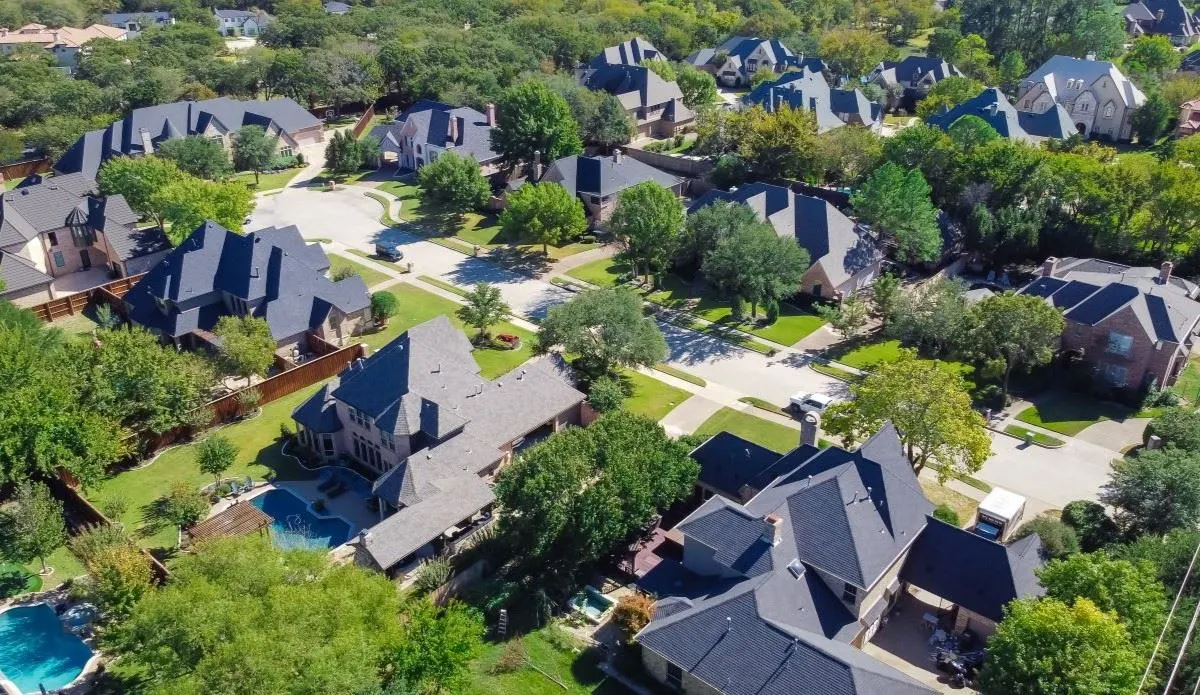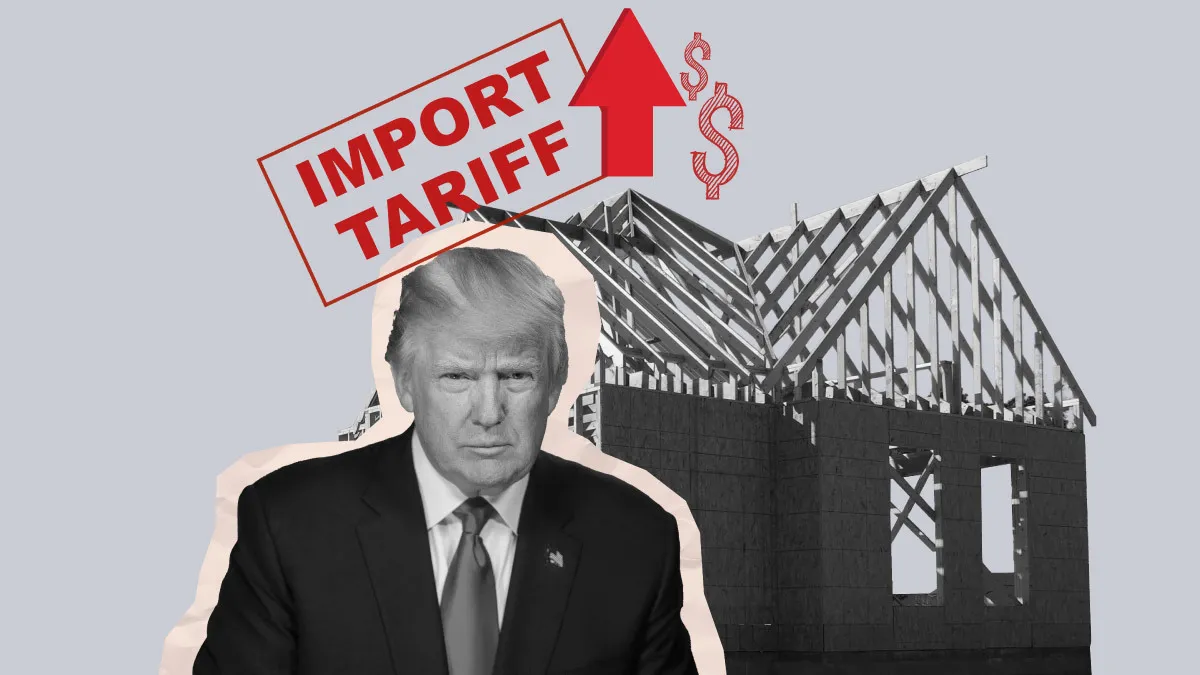Opinion: Gut control in the residential construction sector: examining the current landscape

As home prices rise and high interest rates persist, many Americans are putting off purchasing a home because they think they can’t afford it or that now is a bad time to buy. However, waiting is not an option for homebuyers at crucial stages of their lives – whether starting a family or preparing for long-term financial stability.
It’s easy to understand why many would forego homeownership during a challenging mortgage market. Mortgage rates have remained stubbornly high, and as of June 2024, Fannie Mae predicts that the average 30-year mortgage rate will fall to just 6.7% by the fourth quarter of 2024. To make matters worse, there is a limited supply of homes on the market. the market, because many current homeowners have an interest rate that is well below 6% and do not want to be saddled with higher rates.
Despite the challenging circumstances, homeownership is still attainable, even for low-income or disadvantaged individuals and families. Unfortunately, many Americans are unaware of the resources available.
There are many government programs available designed to support low-income borrowers and underserved communities through banks and credit unions, including:
- Federal Housing Administration (FHA): FHA provides mortgage insurance for loans made by FHA-approved lenders. This insurance protects lenders against losses. If a property owner defaults on their mortgage, the FHA pays a claim to the lenders. Because lenders take less risk, they can offer more mortgages to home buyers. FHA also provides loans for first-time homebuyers, with a 3.5% down payment, competitive interest rates, and flexible lending guidelines.
- Veterans Affairs (VA) Home Loans: These loans allow veterans, military personnel and their dependents to purchase, build, improve or refinance a home at better terms than a traditional loan from a private bank, mortgage company or credit union. Nearly 90% of VA-backed loans are made with no down payment.
- United States Department of Agriculture (USDA): The USDA’s Rural Housing Service provides loans, grants and loan guarantees for single- and multi-family homes in rural areas.
In addition to government and banking assistance programs, potential home buyers can also look into government sponsored enterprises (GSEs) such as Freddie Mac, Fannie Mae and the Federal Home Loan Banks. GSEs play an important role in providing financial services and ensuring that prospective borrowers can obtain affordable mortgages as they provide money to lenders through advances or through the purchase of mortgage loans in the secondary mortgage market.
The secondary mortgage market improves liquidity for lenders. It creates a steady flow of cash that financial institutions can use to create more mortgages without putting additional pressure on their balance sheets. The secondary mortgage market provides billions of dollars in total financing, making more credit available to borrowers across the country to promote stable home financing.
In practice, the secondary market helps smaller banks and credit unions access a significant source of liquidity to better compete with larger institutions. Community financial institutions can provide fixed-rate mortgage loans that are attractive to home buyers and sell them on the secondary market, thereby reducing the risk to credit institutions of having long-term loans on their balance sheets. This results in a win-win situation for lenders and home buyers, which means better access to mortgage loans, lower interest rates and access to various mortgage loan products.
While we wait for interest rates and mortgage rates to cool, new homebuyers should know about and access government programs and the secondary mortgage market through their community financial institutions. This could make a difference for millions of Americans, allowing them to purchase their next family home and acquire an essential part of the American Dream.
John Stocchetti is group head of EVP and Mortgage Partnership Finance Program at the Federal Home Loan Bank of Chicago.
This column does not necessarily reflect the opinion of HousingWire’s editorial staff and its owners.
To contact the editor responsible for this piece: [email protected].




